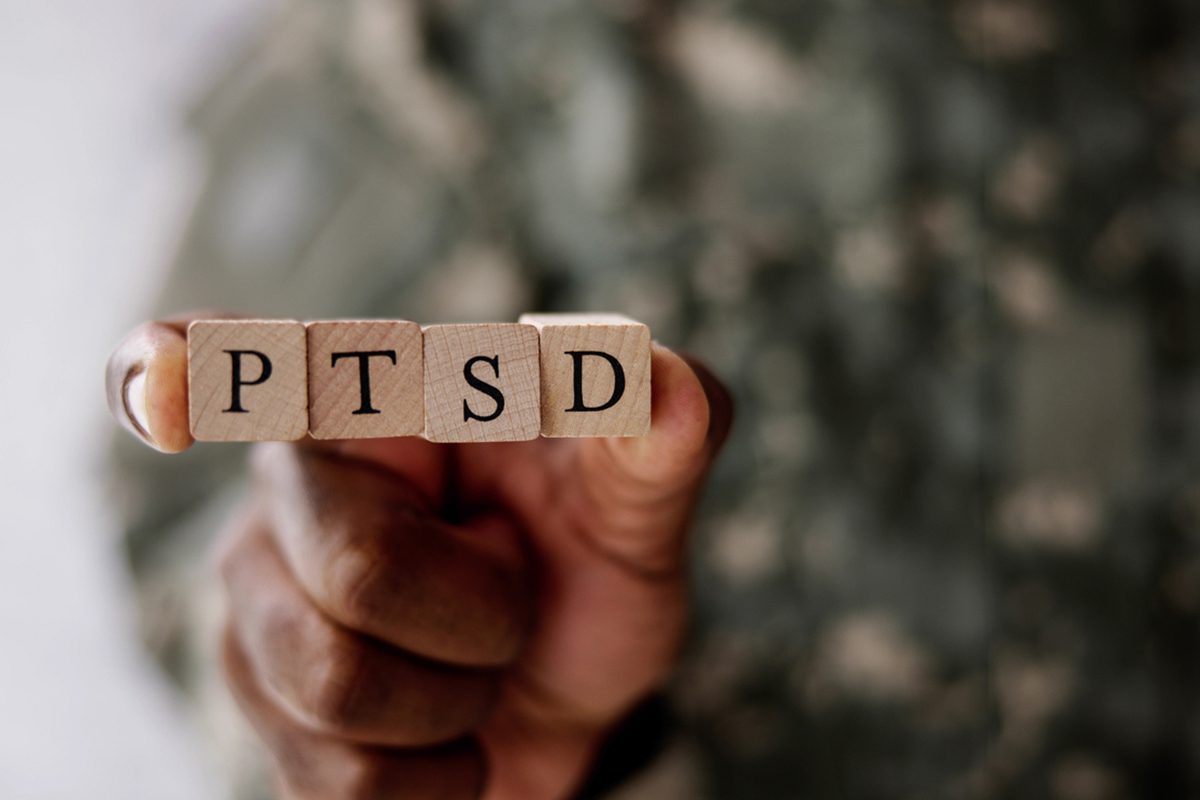Background: Sleep disturbance is common among disaster survivors with posttraumatic stress symptoms but is rarely addressed as a primary therapeutic target. Sleep Dynamic Therapy (SDT), an integrated program of primarily evidence-based, nonpharmacologic sleep medicine therapies coupled with standard clinical sleep medicine instructions, was administered to a large group of fire evacuees to treat posttraumatic insomnia and nightmares and determine effects on posttraumatic stress severity.
Method: The trial was an uncontrolled, prospective pilot study of SDT for 66 adult men and women, 10 months after exposure to the Cerro Grande Fire. SDT was provided to the entire group in 6, weekly, 2-hour sessions. Primary and secondary outcomes included validated scales for insomnia, nightmares, posttraumatic stress, anxiety, and depression, assessed at 2 pretreatment baselines on average 8 weeks apart, weekly during treatment, posttreatment, and 12-week follow-up.
Results: Sixty-nine participants completed both pretreatment assessments, demonstrating small improvement in symptoms prior to starting SDT. Treatment and posttreatment assessments were completed by 66 participants, and 12-week follow-up was completed by 59 participants. From immediate pretreatment (second baseline) to posttreatment, all primary and secondary scales decreased significantly (all p values <.0001) with consistent medium-sized effects (Cohen's d=0.29 to 1.09), and improvements were maintained at follow-up. Posttraumatic stress disorder subscales demonstrated similar changes: intrusion (d=0.56), avoidance (d=0.45), and arousal (d=0.69). Fifty-three patients improved, 10 worsened, and 3 reported no change in posttraumatic stress.
Conclusion: In an uncontrolled pilot study, chronic sleep symptoms in fire disaster evacuees were treated with SDT, which was associated with substantive and stable improvements in sleep disturbance, posttraumatic stress, anxiety, and depression 12 weeks after initiating treatment.
Please sign in or purchase this PDF for $40.00.




